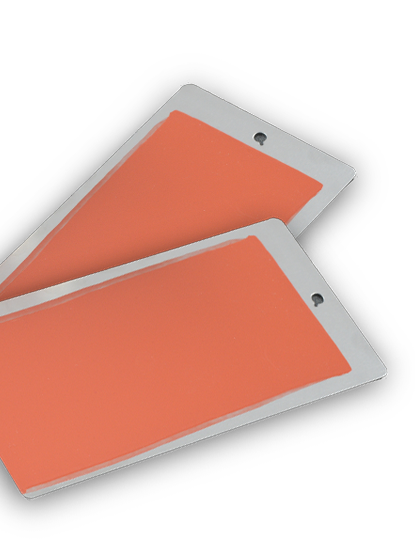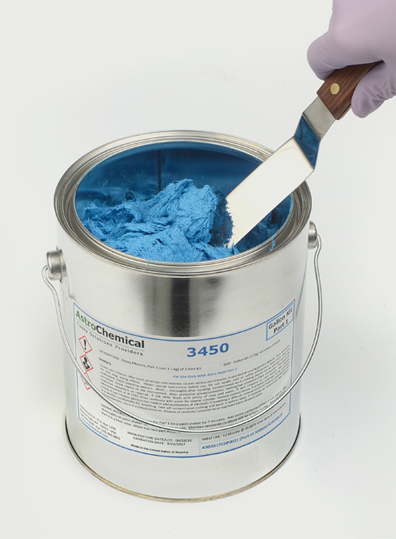Coatings
The first line of defense, and often the most important protective layer
Our coatings are formulated to withstand environmental, chemical, electrical, and physical challenges. From EHS concerns to application methods, cure requirements, and the final cured properties; we work closely with you to assess your application and the forces at work throughout the required life cycle.
In any application, adhesion to the substrate is critical to the success of the coating. Beginning with surface preparation through to selecting the most appropriate application method and equipment, let us help you design the proper processes to ensure the optimal coating performance in your application.
- What is your application?
- What material/product are you using now, and what properties/conditions/processes are you looking to improve?
- Are there any applicable specification requirements? If so, please describe?
- Are there EHS restrictions or concerns? If so, please describe?
- Do you have a specific type of packaging or material application process in mind?
- Do you need a primer, top-coat, multi-coat or single-coat system?
- Do you need a one component (1K) or two component (2K) system?
- If two-component, what are you pot life / working time requirements?
- How do you plan to apply the material (i.e. brush, roll, HVLP, conventional, airless or air-assisted airless spray)?
- What are the surface(s) to be coated?
- What are your physical properties requirements?
- Color / Gloss / Hardness / Flexibility
- Electrical properties (i.e. dielectric insulating, semi-conductive or conductive)
- Thermal aging performance
- Thermal conductivity
- Chemical resistance
- Environmental resistance:
- Corrosion
- UV weather-ability
- Humidity
- Salt spray
- Gloss retention
- ISO 12944, or other test methods
- What are your application and cure conditions?
- What are your return-to-service requirements (i.e. time to touch-dry, re-coat, and/or dry through)?
Proper storage is critical to maintaining the quality of an engineered coating, adhesive, saturant or encapsulant. Failure to follow recommended storage instructions can result in compromised material properties during application and in the final cured product.
All Astro products should be stored in their original, sealed containers at room temperature out of direct sunlight. Excessive heat can cause accelerated aging, premature cure/solidification, and may even pose a safety risk for products designated as flammable. Excessively low, and below-freezing storage temperatures can lead to crystallization.
Always refer to the Astro product label for the most up-to-date product-specific storage guidelines.


